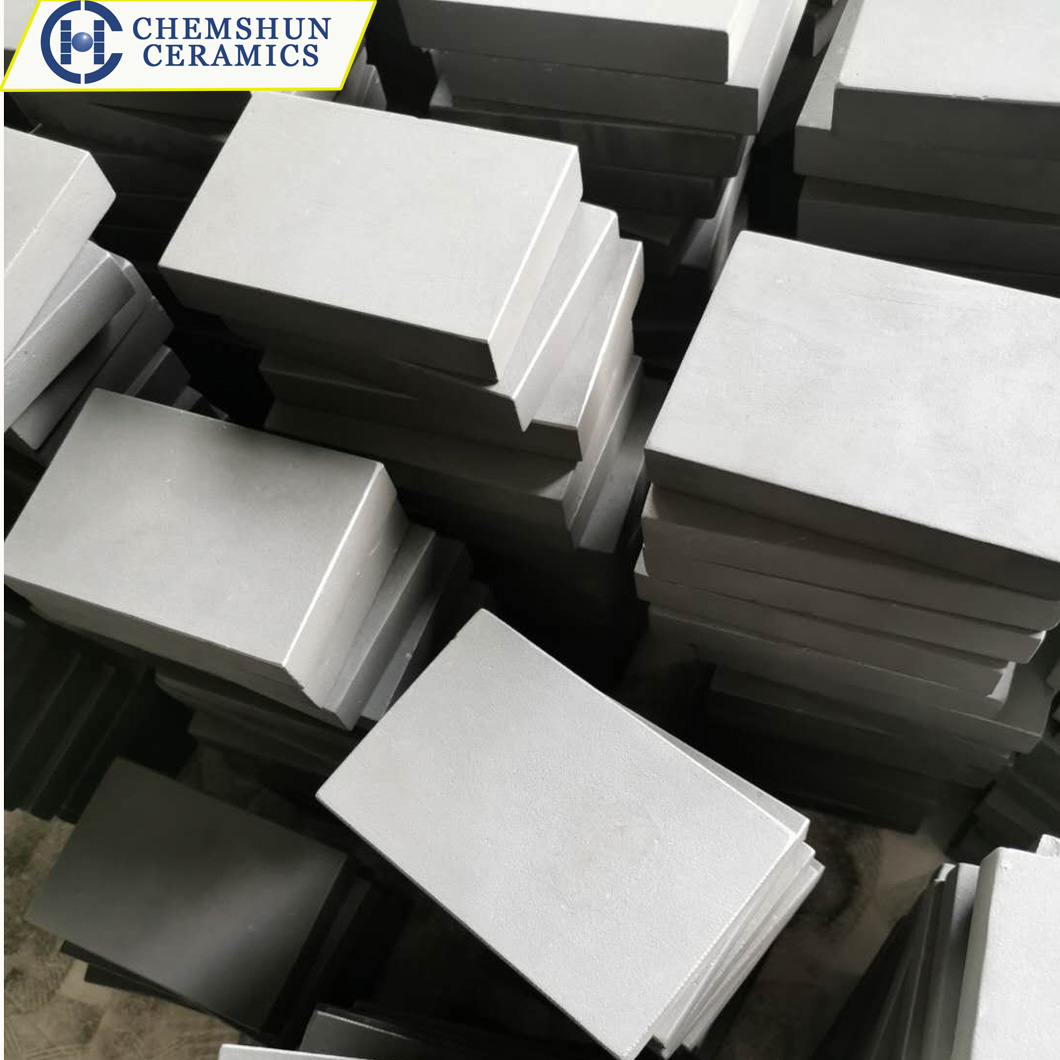Top articles
- High-purity 99.7% alumina ceramics helpful to semiconductor manufacturing technology
- Alumina Ceramic Grinding Balls: High-Efficiency Solutions for Industrial Grinding
- How to Select Suitable Wear-Resistant Ceramic Lining Tiles in the Mining Industry
- Advantages of Ceramic Rubber Composite Liners in Industrial Applications
- How to Install Alumina Ceramic Liners for Long-Lasting Adhesion?
- 99% alumina bulletproof ceramics are the preferred materials for protective devices
- Alumina Ceramic Substrates:Characteristics,Advantages,Disadvantages,and Applications
- Why do alumina industrial ceramics wear out?
- The reason of abrasion resistant ceramic tiles falling off when pasted on equipment
- Seven aspects of advantages & applications of alumina ceramic substrates
Latest articles
- High-purity 99.7% alumina ceramics helpful to semiconductor manufacturing technology
- Alumina Ceramic Grinding Balls: High-Efficiency Solutions for Industrial Grinding
- How to Select Suitable Wear-Resistant Ceramic Lining Tiles in the Mining Industry
- Advantages of Ceramic Rubber Composite Liners in Industrial Applications
- How to Install Alumina Ceramic Liners for Long-Lasting Adhesion?
- Welcome to EXPOMIN 2025
- 99% alumina bulletproof ceramics are the preferred materials for protective devices
- Alumina Ceramic Substrates:Characteristics,Advantages,Disadvantages,and Applications
- Why do alumina industrial ceramics wear out?
- Chemshun Ceramics Chinese New Year Holiday Notice
Your browsing history

Factors affecting the strength of ceramic materials
Factors affecting the strength of ceramic materials
The factors that affect the strength of ceramic materials are the microstructure, the shape and size of internal defects, the size and shape of the sample itself, the rate of change, environmental factors (temperature, visibility, pH, etc.), the state of stress and stress.
1) The influence of microstructure on the strength of ceramic materials
The strength of the ceramic material decreases with the increase of the porosity. The reason is that on the one hand, the existence of the pores reduces the solid phase cross section, which causes the actual stress to increase; on the other hand, the stress concentration caused by the pores causes the strength to decrease; The amount and fracture energy change with porosity also affect the strength value.
2) The effect of sample size on the strength of ceramic material
The strength index of engineering ceramic materials is usually bending strength. The bending stress is characterized by uneven distribution along the thickness and length. Defects at different locations have different effects on strength. There is a size effect on bending strength, especially a thickness effect. Under the same volume, the smaller the thickness of the specimen, the higher the test strength value. The reason for the thickness effect of bending strength is the same as the change in stress gradient. In general, the smaller the sample thickness, the greater the stress gradient and the higher the bending strength value.
3) The effect of temperature on the strength of ceramic materials
Most ceramic materials have good high temperature resistance, usually below 800℃, and temperature has little effect on the strength of ceramic materials.
At high temperatures, the strength of most ceramic materials decreases with increasing temperature. Different materials have different brittle-transition transition temperatures. For example, the brittle-transition transition temperature of MgO is very low, and the strength decreases with increasing temperature almost from room temperature; the brittle-transition transition temperature of AL2O3 is about 900℃; hot pressing Si3N4 The brittle-delay transition temperature is about 1200 ℃, while the SiC material can reach 1600 ℃, or even higher temperatures. The above law is a reference value, because the brittle-transition temperature is controlled by factors such as the composition of the material, the grain boundary material and its content.
Pingxiang Chemshun Ceramics Co.,Ltd devotes to study all kinds of ceramics, including alumina ceramics, ZTA ( toughened alumina ceramics ), silicon carbide ceramics etc.,We hope to help with more industry ceramics problems .









